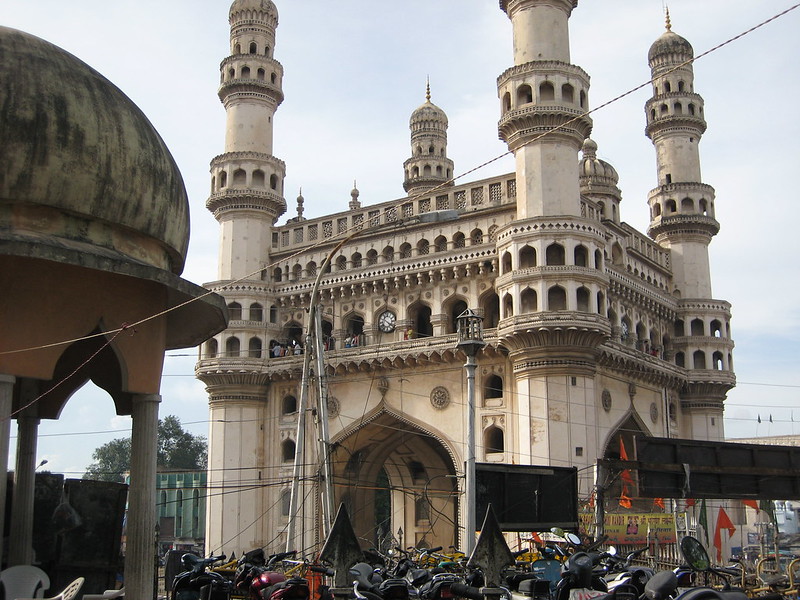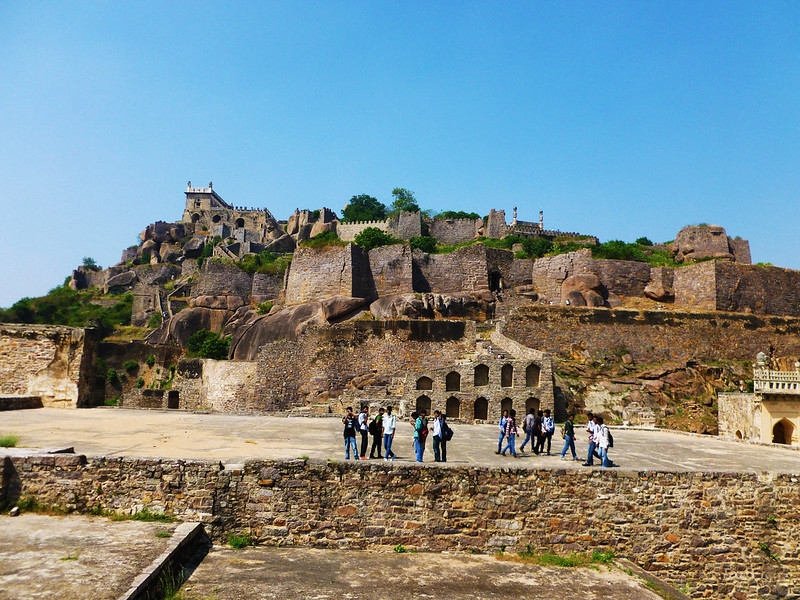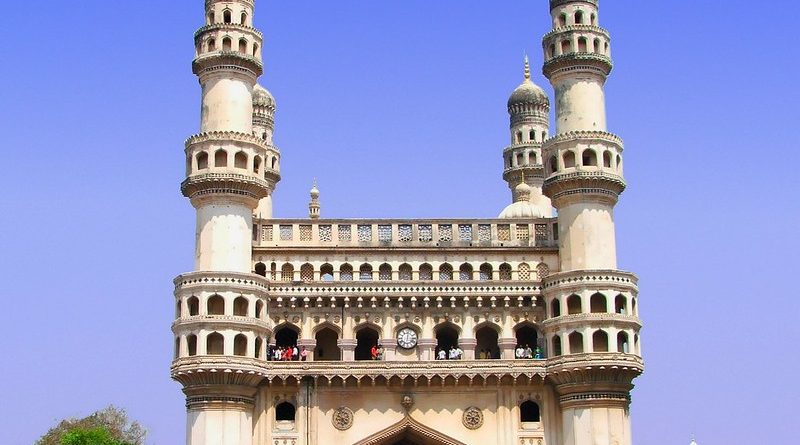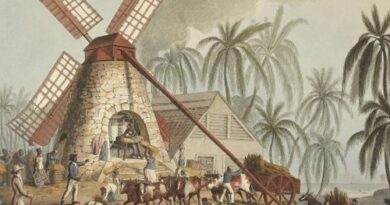Hyderabad: A Story of Nizams, Mughals, Diamonds and Pearls
Hyderabad is the capital of southern India’s Telangana state. A major center for the technology industry, it’s home to many upscale restaurants and shops. Its historic sites include Golconda Fort, a former diamond-trading center that was once the Qutb Shahi dynastic capital. The Charminar, a 16th-century mosque whose 4 arches support towering minarets, is an old city landmark near the long-standing Laad Bazaar.
The Qutb Shahi dynasty’s Muhammad Quli Qutb Shah established Hyderabad in 1591 to extend the capital beyond the fortified Golconda.
In 1687, the city was annexed by the Mughals. In 1724, Asaf Jah I, the Mughal viceroy, declared his sovereignty and founded the Asaf Jahi dynasty, also known as the Nizams. Hyderabad served as the imperial capital of the Asaf Jahis from 1769 to 1948.
As the capital of the princely state of Hyderabad, the city housed the British Residency and cantonment until Indian independence in 1947. Hyderabad was annexed by the Indian Union in 1948 and continued as a capital of Hyderabad State from 1948 to 1956.
After the introduction of the States Reorganisation Act of 1956, Hyderabad was made the capital of the newly formed Andhra Pradesh. In 2014, Andhra Pradesh was split to form the state of Telangana, and Hyderabad became the joint capital of the two states until 2024.
Since 1956, the city has housed the Rashtrapati Nilayam the winter office of the president of India.
Relics of the Qutb Shahi and Nizam eras remain visible today; the Charminar has come to symbolise the city.
The English name is a translation and combination of the Urdu words chār and minar, translating to “Four Pillars”; the towers are ornate minarets attached and supported by four grand arches.
By the end of the early modern era, the Mughal Empire had declined in the Deccan, and the Nizam’s patronage attracted men of letters from various parts of the world.
A distinctive culture arose from the amalgamation of local and migrated artisans, with painting, handicraft, jewellery, literature, dialect and clothing prominent even today. For its cuisine, the city is listed as a creative city of gastronomy by UNESCO. The Telugu film industry based in the city is the highest-grossing film industry in India as of 2021.
Until the 19th century, Hyderabad was known for its pearl industry and was nicknamed the “City of Pearls”, and was the only trading centre for Golconda diamonds in the world. Many of the city’s historical and traditional bazaars remain open.
Hyderabad’s central location between the Deccan Plateau and the Western Ghats, and industrialisation throughout the 20th century attracted major Indian research, manufacturing, educational and financial institutions. Since the 1990s, the city has emerged as an Indian hub of pharmaceuticals and biotechnology and information technology. The formation of the special economic zones of Hardware Park and HITEC City, dedicated to information technology, has encouraged leading multinationals to set up operations
Here are some must-visit attractions:

1. Charminar: This iconic monument is the symbol of Hyderabad. Its stunning architecture and bustling surrounding markets make it a must-see. The Charminar masjid is a square structure with each side being 20 metres (66 ft) long. Each of the four sides has one of four grand arches, each facing a fundamental point that opens directly onto the street in front of it. At each corner stands an exquisitely shaped 56 metres (184 ft) high minaret, with a double balcony. Each minaret is crowned by a bulbous dome with dainty, petal-like designs at the base. Unlike the minarets of Taj Mahal, Charminar’s four fluted minarets are built into the main structure. There are 149 winding steps to reach the upper floor. The structure is also known for its profusion of stucco decorations and the arrangement of balustrades and balconies.
2. Golconda Fort; A magnificent fortress , now abandoned .with a fascinating history, it offers panoramic views of the city. The fort used to have a vault where the famous Koh-i-Noor and Hope diamondswere once stored along with other diamonds.[12]
Golconda is renowned for the diamonds found on the south-east at Kollur Mine near Kollur, Guntur district, Paritala and Atkur in Krishna district and cut in the city during the Kakatiya reign. At that time, India had the only known diamond mines in the world. Golconda was the market city of the diamond trade, and gems sold there came from a number of mines. The fortress-city within the walls was famous for diamond trade

3. Qutb Shahi Tombs: A complex of tombs that showcases the architectural brilliance of the Qutb Shahi dynasty. It’s a peaceful place to explore.
4. Hussain Sagar Lake; Famous for the large Buddha statue in the middle, the lake is perfect for boating and enjoying a sunset.
5. Ramoji Film City: One of the largest film cities in the world, it offers tours and various attractions for film enthusiasts.
6. Salar Jung Museum: Home to an extensive collection of art, artifacts, and antiques from around the world, it’s a treasure trove for history buffs.
7. Birla Mandir: A stunning temple made of white marble, it offers a serene atmosphere and beautiful views of the city.
8. Nehru Zoological Park: A well-maintained zoo that houses a variety of animals, making it a great spot for families.
9. Laad Bazaar: Famous for its bangles, this vibrant market near Charminar is perfect for shopping and experiencing local culture.
10. Shilparamam: An arts and crafts village showcasing traditional crafts and cultural performances, ideal for experiencing local craftsmanship.
Destination: India




